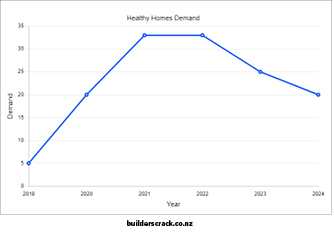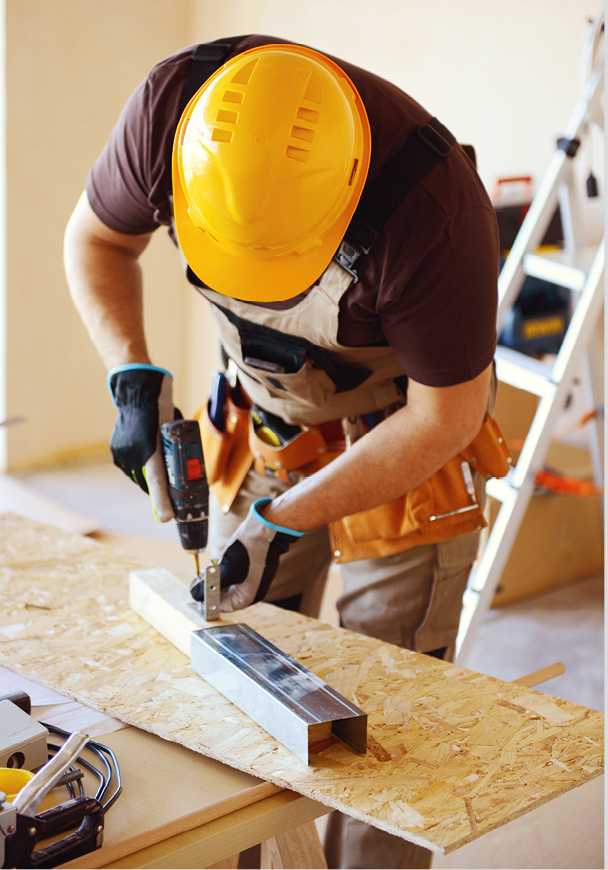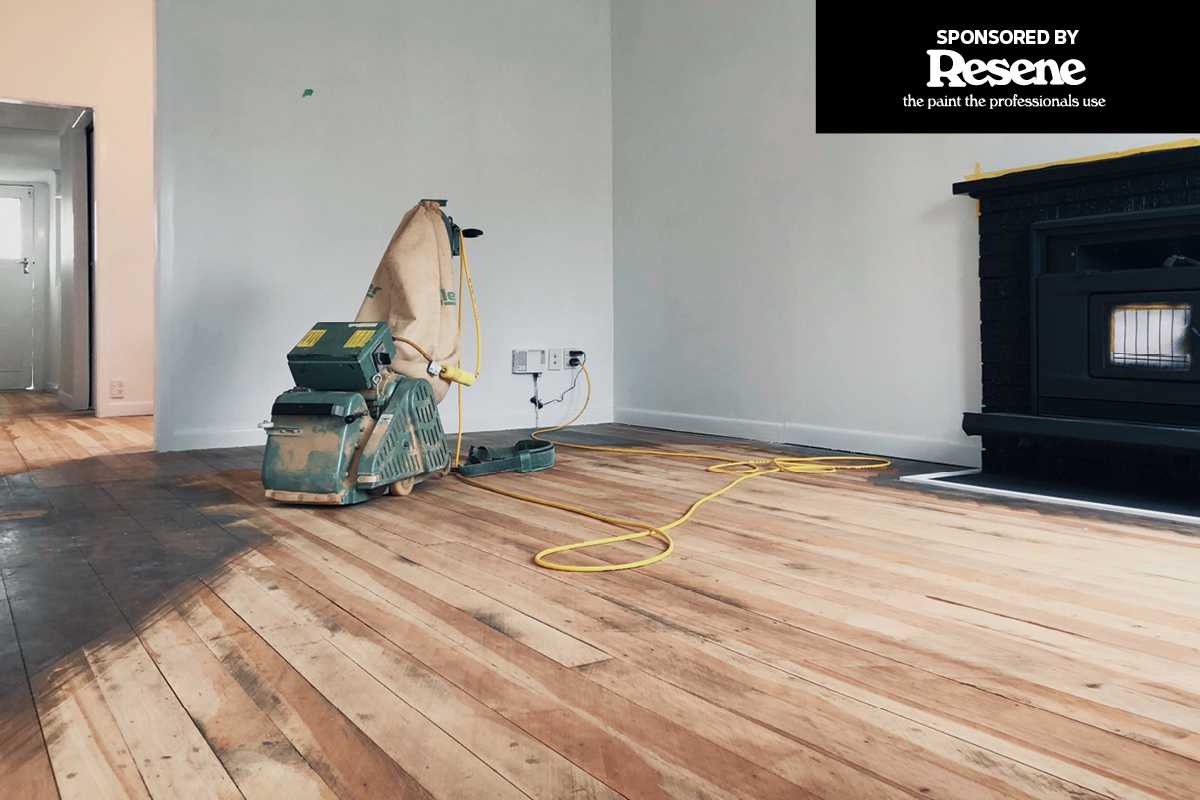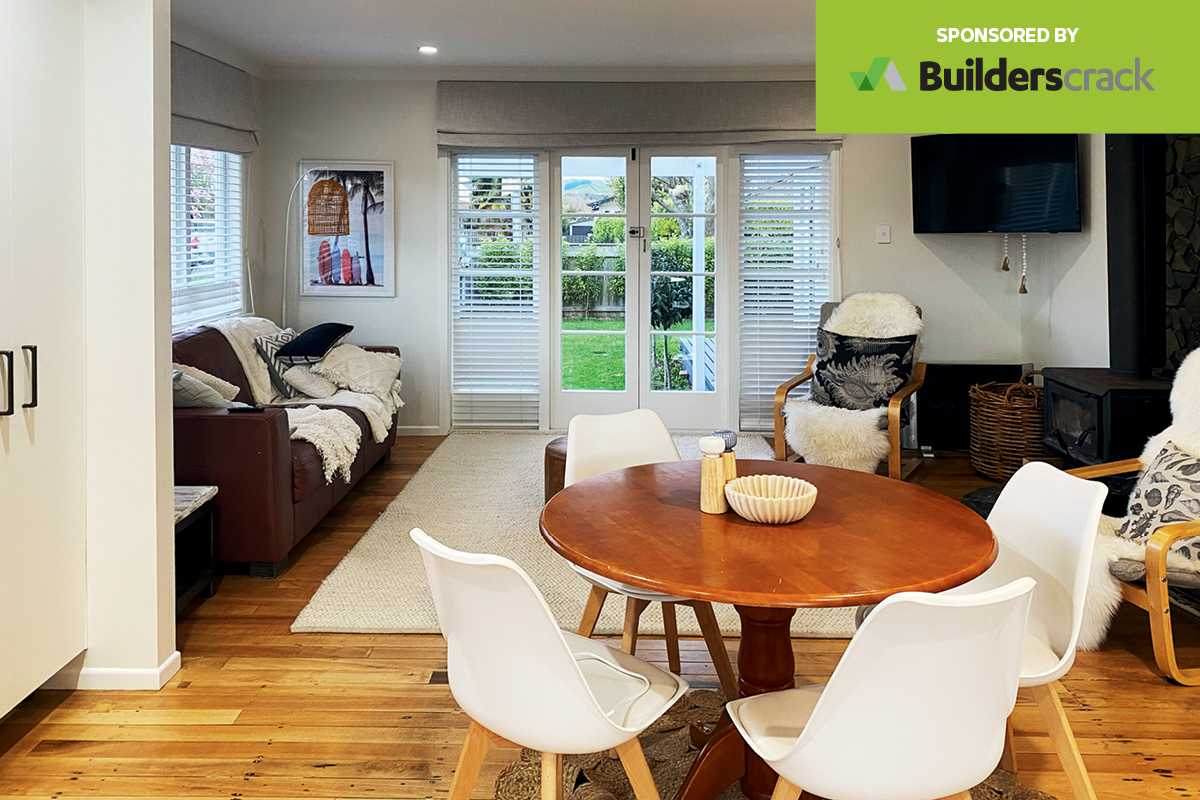
Busy Time For Tradies
Adherence to the Healthy Homes Guarantees Act has been time-consuming and costly. Jeremy Gray, of Builderscrack, outlines the challenges and benefits to investors and explains which tradies tackle the work.
18 March 2024
Builderscrack has seen thousands of Healthy Homes-related jobs since the announcement of the new regulations. They range from simple insulation and heat pump installations through to complex renovations to meet regulations and improve yield.
Demand peaked across 2021 and 2022 as new and renewed tenancies required the work to be done within 90 or 120 days.
Property investors have taken one of two approaches:
- engaged tradespeople, addressing standard-by-standard as separate projects
- engaged a builder or project manager to manage the completion of multiple standards as one project.
About 10 per cent of projects were combined and included additional renovations. The remaining 90 per cent opted to manage separate contractors themselves, on a standard-by-standard basis.
The average cost per project for the standard-by-standard approach is $1,330, with the average managed project cost being $4,800, achieving multiple standards at once.
Result, Benefits
The objective of the standards is to increase the quality of rental homes in New Zealand. For property owners, meeting the basic standards is mandatory. However, from a long-term investment perspective, they also make sense.
Moisture ingress is a major cause of property damage in NZ. The average repair job related to moisture ingress is $2,100, with a full five per cent of jobs posted on Builderscrack per year related to moisture issues in some way. Identifying and resolving these kinds of issues early is key to preventing a growing repair bill.
While most rentals are straightforward and relatively inexpensive to bring up to standards, for those that have not been well maintained we see extensive work required to bring them up to a “reasonable state of repair”. This has forced some property owners to rethink their strategy and bring forward demolition and development.

On The Job
The two most in-demand trades for Healthy Homes-related work are electricians and insulation installers. Electricians mostly undertake ventilation work, installing bathroom and kitchen extractor fans. While they also undertake heat pump and other fixed heating appliance installation, we break this category out as there are several specialists in this area that only work on heating solutions.
Insulation and waterproofing are also tightly coupled, as the moisture ingress standard requires a ground moisture barrier in most cases, alongside underfloor insulation. Most insulation installers complete both of these tasks at the same time.
Builders undertake most work related to structural draught stopping and ensure any rental is in a “reasonable state of repair” as given in the standards. This includes water ingress related to cladding, roofing, guttering or other structural issues. Less complex jobs of the same nature are often undertaken by handymen. They charge out at a lower rate and, while most often not an LBP, many handypeople are often retired builders or come with good experience of working in construction.
Other Work
Glaziers and door specialists are tightly related, with glaziers able to solve aluminium joinery issues such as damaged seals, problematic sliding doors and other issues with leaking windows. We see several jobs going beyond the standard by installing retrofit double-glazing to lift the appeal of their property. Door specialists are often handymen experienced in this area.
At the tail end, we see arborists, landscapers and gardeners engaged in relation to Healthy Homes to resolve issues with drainage and moisture by removing trees, reworking exterior paving and site fall to eliminate underfloor moisture. A small number of owners engage inspectors to scope Healthy Homes work required and/or provide a Healthy Homes compliance statement.

The Standards
HEATING
Landlords must provide one or more fixed heaters that can directly heat the main living room. The heater(s) must be acceptable types and must meet the minimum heating capacity required for the main living room. The heater should be able to heat the main living area to 18 degrees on the coldest days of the year. The most efficient and popular solution to meeting this standard is installing one or more heat pumps.
INSULATION
Ceiling and underfloor insulation has been compulsory in all rental homes since July 1, 2019. The Healthy Homes insulation standard builds on current regulations, so some existing insulation may need to be topped up or replaced. The country is split into zones, with each zone requiring a different level of insulation, measured in R (resistance to heat flow) rating.
Not all pre-existing insulation will meet the new standard. Most glass “batts” settle over time, and their R rating decreases. For example, existing ceiling insulation that was installed before July 1, 2016, must be at least 120mm thick. Existing insulation must also be free of mould, dampness, damage or gaps.
MOISTURE, DRAINAGE
Rental properties must have efficient drainage for the removal of stormwater, surface water and groundwater. Rental properties with an enclosed sub-floor space must have a ground moisture barrier.
As with insulation, a ground moisture barrier can be installed by anyone. However, to meet the standard, specific outcomes must be met. Insulation specialists will almost always install a ground moisture barrier as part of an underfloor insulation install job. In cases where underfloor insulation already exists, a ground moisture barrier is still required, so this can be approached as a standalone job too.
VENTILATION
Rental homes must have opening windows in the living room, dining room, kitchen and bedrooms. Kitchens and bathrooms must have extractor fans or an acceptable continuous mechanical ventilation system.
There are several additional requirements and exceptions to this standard. Existing fans are acceptable if they are in working order, but they must be replaced with a fan that meets all requirements when they stop working. An exemption exists if it is not practicable to install an extractor fan. If a room was lawful when it was built or converted it may not need to meet the opening windows and external doors component of the standard. Further advice should be taken in any of these cases.
DRAUGHTS
Landlords must make sure the property doesn’t have unreasonable gaps or holes in walls, ceilings, windows, skylights, floors and doors which cause noticeable draughts. All unused open fireplaces must be closed off or chimneys blocked to prevent draughts.
Landlords must already provide rental properties in a reasonable state of repair. While this standard has a subjective component, the intention is clear. There are simple products and techniques which can resolve door and window draughts. Particularly problematic are homes with older timber joinery where air gaps are common.


